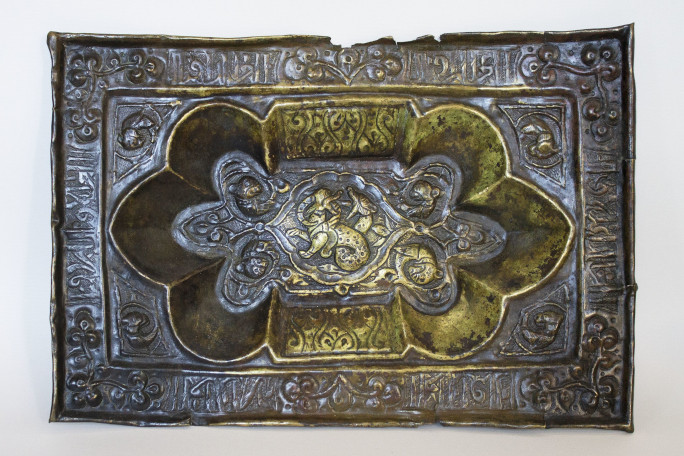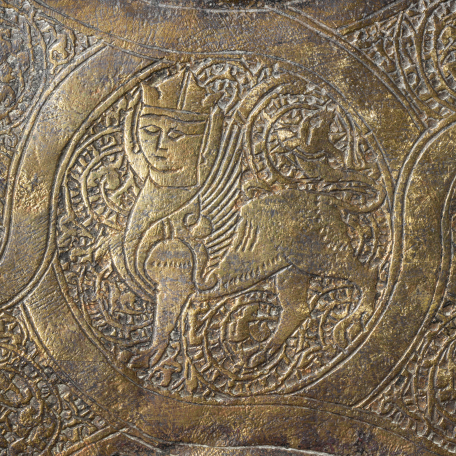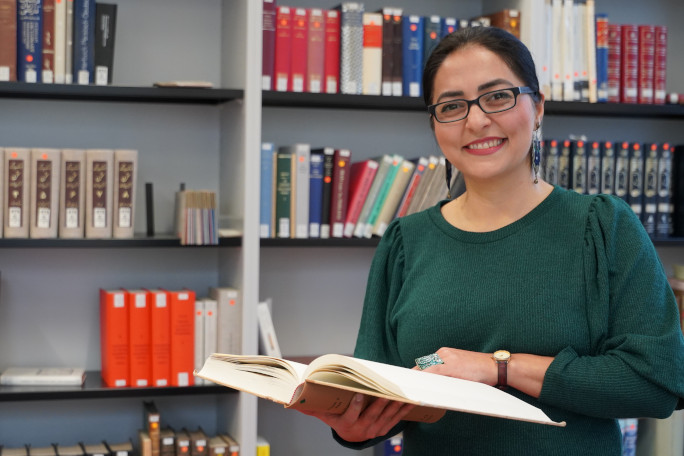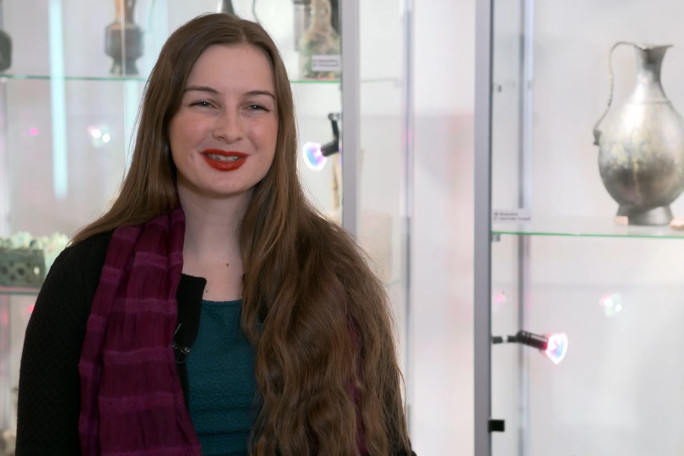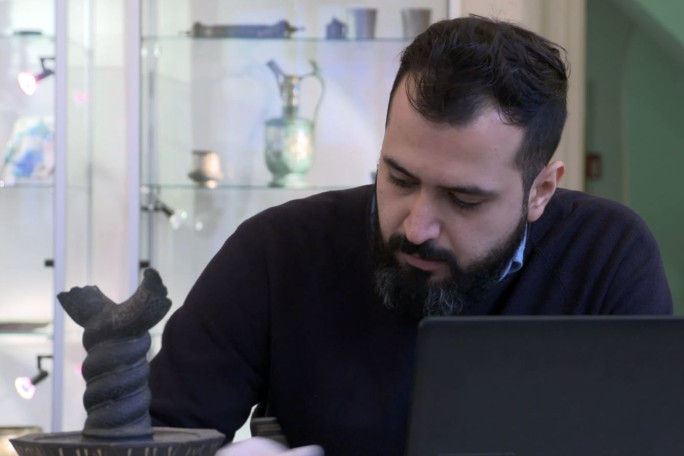The University of Bamberg is an Eldorado for “small disciplines”—specialized academic fields in which there are only a few experts. Islamic Art and Archaeology is one of them.
"Small Disciplines" at Bamberg
The University of Bamberg prides itself on its highly specialized research and degree programs ranging from Ancient History to Turkish Studies. For many years, Bamberg has enthusiastically promoted small disciplines as its area of focus in the Humanities.
In general, a discipline is considered small in Germany if it has no more than three permanent professorships at any German university. In contrast to sub-disciplines, a small discipline has a specialist journal and audience.
There are currently 29 small disciplines with 33 chairs and professorships at the University of Bamberg. They are strongly interconnected and shape the following areas of research:
The PhD Candidates
The Bamberg Graduate School of Near and Middle Eastern Studies (BaGOS) offers PhD candidates in oriental studies a structured and research-intensive framework that supports them in the timely completion of their theses. The academic program provides professional and methodical assistance and mentoring, assisting PhD candidates in realizing their research projects.
Exploring the Middle East through Archaeological Fieldwork
Professor Korn, you hold the professorship for Islamic Art and Archaeology at the University of Bamberg. What is your research about?
Korn: Islamic Art and Archaeology refers to different kinds of artefacts that have shaped Islamic cultures throughout the centuries. Artworks are especially interesting, and we analyze their meaning based on their historical context as well as assessing their cultural heritage value to contemporary Islamic cultures. We ask questions such as “Why do mosques frequently have domes?” and “How have Muslim societies treated figural and abstract images over the centuries?”
What does the University of Bamberg specifically focus on?
Korn: The focus of our research here in Bamberg is on architecture and architectural decoration in the Middle East, between the Levant and Central Asia, between the 10th and 16th centuries. We have been on a number of fieldwork trips to Iran and Uzbekistan over the last few years. These included a trip to Bukhara in Uzbekistan in order to study the development of the city throughout the centuries through architectural building remnants. Our fieldwork campaigns to Iran included gaining an exact measurement of dome halls in Iranian mosques in order to find out more about 12th century brick constructions, as well as the excavation of a pious foundation from the early 14th century in the city of Tabriz.
One of our researchers is also active in the archaeology of Islamic Spain, where we have just completed the exploration of a medieval town west of Seville, which dates back to the transitional period between the Islamic and Christian Medieval period.
As a result of the collections housed at the University Museum, a somewhat natural focus on metalwork from eastern Iran has emerged. Personally, I am interested in the development of religious symbols and Arabic inscriptions on buildings and objects.
Why is the University of Bamberg a good place to start an academic career in your field?
Korn: Bamberg is one of the few universities with a master’s program dedicated specifically to Islamic Art and Archaeology. Bamberg has acquired a reputation in the field and a number of international conferences have been held here. We benefit from having a very good library, from the holdings of the University Museum, and from a lively scene of guest lecturers and researchers who have been active in the faculty over the years. This means that students and researchers intermingle and new contacts arise that encourage creative thinking. The Centre for Heritage Conservation Studies and Technologies (KDWT—our next door neighbors) offers fascinating possibilities for cooperation in fieldwork and for the research of objects.
What tips do you have for international students who want to do their doctorate at the University of Bamberg?
Korn: Get in contact in a timely manner and think about your own academic interests, your strengths, and your weaknesses. Don’t limit yourself to your own specialized dissertation topic. Be ready to work with an open mind that prepares for academic life in a broader context. Islamic Art and Archaeology is interwoven with many different disciplines.
The Bumiller Collection
The Bumiller Collection comprises over 6000 objects from the 7th to the 13th century, among them the world’s largest collection of early Islamic bronzes. An important assemblage of ceramics, glass, manuscripts, stone and ivory carvings, as well as coins complement the collection of early Islamic Art.
The objects are mostly from the Iranian region, which includes the present-day countries of Iran, Uzbekistan, Turkmenistan, Tajikistan, and Afghanistan. They provide a fascinating insight into the medieval world along the Silk Road.
The University Museum of Islamic Art in Bamberg houses the collection and is open to all interested researchers and students.
